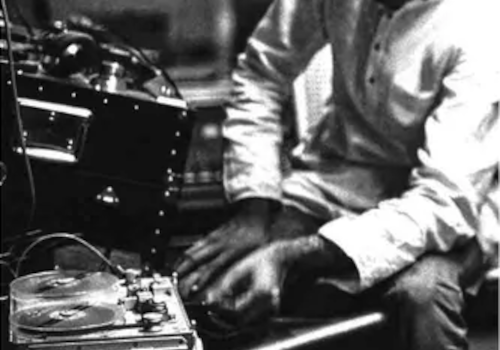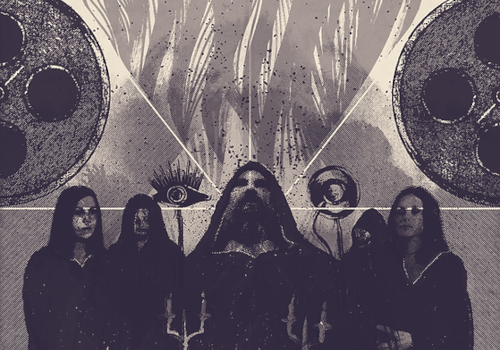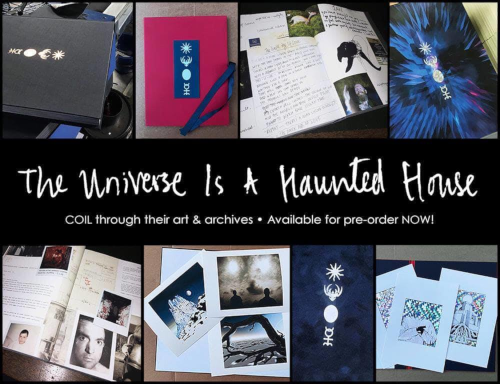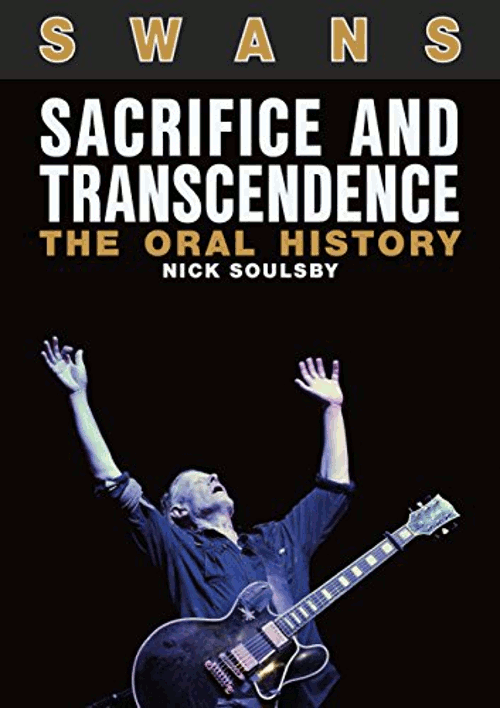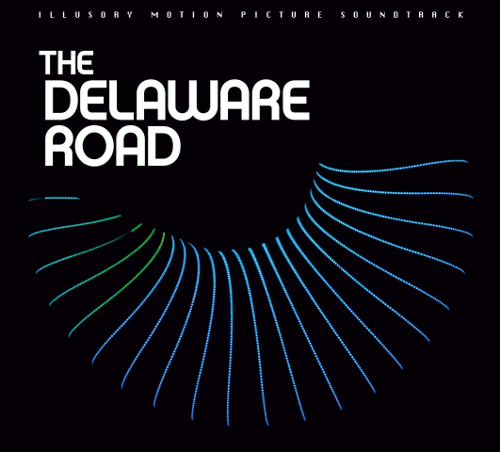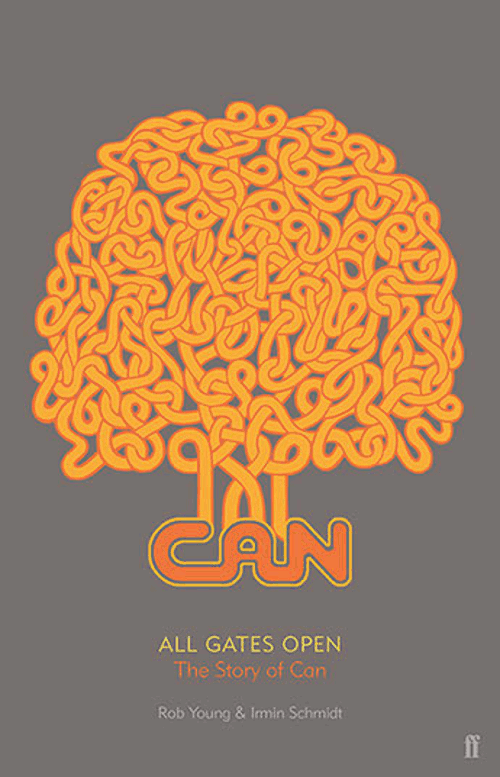You probably know 33⅓ by now -- they do book-length essays about albums of interest. It's a pretty broad-ranging series - Celine Dion's Let's Talk About Love has had a round, as have (arguably equally) asinine rock standards like Let It Be, Use Your Illusion, Wowee Zowee etc. That's deliberately antagonistic, but for good reason -- the series is arguably part of establishing what 'canonical' music albums are, for which it serves a useful purpose -- while also re-asserting the existing canon, it's done good work in expanding it, or recognising that the average listener has a wider idea of canon now.
books
You get glimpses of what might have been and also an insight into how good at editing their own ideas Coil were. John Balance might have been canonised as the archetypal wide-eyed soul-in-flames, but here we can see the amount of revision he put into his work. Drugs and drink may have been a part of his stream of consciousness, but there’s more lucidity in here than you’d expect and a lot better editing. He’s more James Joyce than William S Burroughs.
What's being reviewed here is two things: a book, Subcontinental Synthesis: Electronic Music at the National Institute of Design, India 1969–1972 , edited by Paul Purgas, and a record, The NID Tapes - Electronic Music From India 1969-72. The NID of the LP's title refers to the National Institute of Design, a home for electronic music within India of the late 1960s. The book is a more expansive look at electronic music in that era, and one is a taster for the other.
A proper overview of Goth is probably at least a decade overdue. The first band who could arguably merit the tag as exponents rather than just forerunners (and more about them later…) trod the boards around forty-five years ago, and music writing has proved distinctly tardy around giving the phenomenon some decent examination and analytic heft. In an era when the bookshelves of major retailers are fair groaning under the weight of mighty tomes covering the minutiae of everyone from EMF to The Shaggs, it seems curious that a movement that encompasses such revered names as Bauhaus, Siouxsie And The Banshees, The Sisters Of Mercy and The Cure seems to have remained so impervious to criticism for so long.
Conform To Deform is a must-have history for those of us who bought the records and saw those bands live at the time; but hopefully it will also inspire others to check out the label’s incredible back catalogue, even if sadly many items are now out of print. There will never be another label like Some Bizzare and thankfully Wesley Doyle has finally told its story.
Buried Treasure The slick satin soft-back cover – a sense of luxury housed in a warm bakelite grey, that Festival of Britain motif fanning out in ’50s spirographics. This is a beautiful artefact, a labour of love from Alan Gubby’s Buried Treasure label, an ode to those pioneering pre-digital days and more.
Faber and Faber Cosey Fanni Tutti is likely best known to readers of Freq as a musician of some reknown, part of the imperative of Throbbing Gristle and with a substantial discography (Chris and Cosey etc). Art mavens know her variously for her work in pornography and mail art (also etc). As of 2017, she’s found a new life as the kind of writer who gets featured on […]
Timeless Editions There’s a lot to unpack. Visually, The Universe Is A Haunted House is a beautifully presented book, too big for comfort, like an ancient Bible, waiting for its lectern. Images tumble out and over each other – like Peter Greenaway’s books, Pillow and Prospero. It overwhelms at every turn, each giant page ceding new sight and deepening the spirals. Further down. Furthur. You won’t find out […]
Eastgate Music and Art In the past couple of years, us Tangerine Dream fans have been rather spoilt by the amount of high-quality historical pieces and releases that have come our way. First of all we had the beautiful edition of Edgar Froese’s biography, Force Majeure, a mammoth book that was obviously lovingly put together and was a must-have item. This was followed by Margarete Kreuzer’s wonderful documentary […]
Timeless Editions are publishing The Universe Is A Haunted House: COIL through their art and archives, a new 400-page full colour hardback book compiled from the personal archives of John Balance and Peter Christopherson. Conceived not only as a showcase of Coil’s much-admired album artwork, but also to offer a rare glimpse into their world
Jawbone Attitudes to women were awful in the 1970s — pretty much like most of history preceding it, a whole half of humanity shoved into a subservient background, even worse seen as “playthings” to be used and abused.
Unbound Barely a biography, but… to say this book is a labour of love would be misleading; love is typically überflüssig. This is a labour of precision. And when I say it’s unsentimental, I don’t mean it’s lacking in affection; rather this is a sober, reasoned, and concise exegesis on Jaki Liebezeit‘s work. For good reason, the theme of überflüssig haunts much of it.
Omnibus Press Damo Suzuki will be seventy years old next year and has spent the best part of half of those traversing the globe with two distinct iterations of his musical caravan; first the Damo Suzuki Band / Network and latterly the ever-evolving global musical cast that are his Sound Carriers. Interspersed in those years were twenty-six spent working full time for a Japanese company that manufactured measuring […]
Faber and Faber There’s so much here. This book has almost been written several times, but here we have it; the real deal. If much of this material has been covered in other places, David Stubbs injects everything with a new light and throughout he maintains a sense of reverent shock and awe at the sound itself.
Jawbone Press In 1908, GK Chesterton, known by many as the “prince of paradox”, expounded his theory of change using the example of a white post. Some people, he maintained, had the idea that: …if you leave things alone you leave them as they are. But you do not. If you leave a thing alone you leave it to a torrent of change. If you leave a white […]
Buried Treasure A book, a CD, a crackle, a cackle. It’s an undialled radio… buzz… Echoes a little of 2000AD’s Zenith… perhaps even the first few episodes of Hellboy… this is England Calling, The Delaware Road… a little graphic play, beautifully illustrated…. A Black Mass…
Faber and Faber tl;dr – you probably need this book if you’re a fan of Can. You probably need it if you’re a fan of well-written things about music.
Cherry Red I saw that car. You know which one. In Stockwell, where I used to stay at a mate’s brother’s squat. I think Thatcher On Acid or Blyth Power or someone lived there. It just sat on the street a few doors down and we took polaroid pictures of each other lying in vaguely provocative poses on the bonnet. Eventually, someone yelled at us to fuck off, […]


